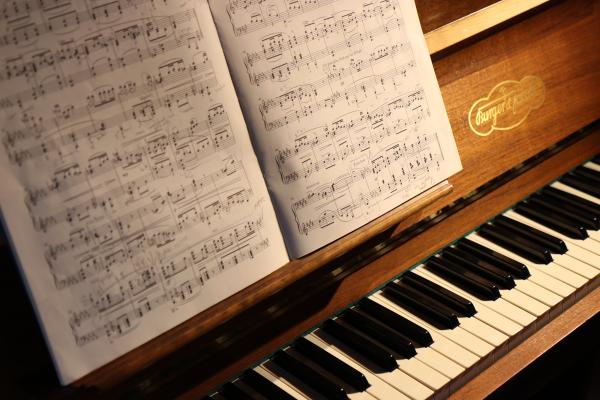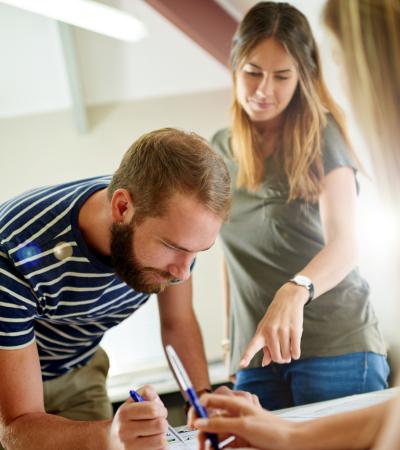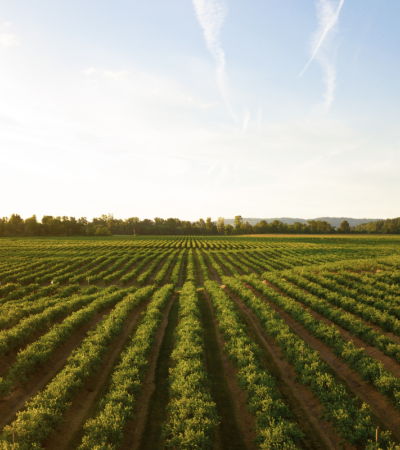Libraries of all types are taking on new roles and responsibilities. Through robust programming agendas, they’re at the center of community-building efforts all across the United States.

As part of the National Impact of Library Public Programs Assessment (NILPPA), Knology sat down with advisors from across the library sector to discuss the impacts libraries aim to have on the communities they serve. During these discussions, we also brainstormed ways to track these impacts across various domains of community life. Two important ideas emerged from our conversations:
- Impact Domains
Specific areas where library programs can make meaningful differences in people’s lives. We defined nine of these. Libraries can help create: (1) connected communities; (2) knowledgeable communities; (3) creative communities; (4) civically engaged communities; (5) healthy communities; (6) economically vital communities; (7) welcoming communities; (8) joyful communities; (9) caring communities.
- Indicators
Ways of measuring the real-world impact of library programming. These Indicators allow us to determine whether or not programs are having their intended effects.
In this series of blog posts, we’d like to talk about each of these impact domains individually, and talk about how libraries are contributing to each of them. In this post, we focus on creative communities.
What are Creative Communities?
This is one of the more straightforward impact areas: creative communities nurture the arts and promote participatory creativity. In such a community, members have opportunities to express themselves through art, music, and other creative endeavors — and to earn a living through such pursuits, if they want. For a career as a creative professional to be feasible, a community needs to provide support and resources to these professionals, as well as opportunities for their creations to find an audience through exhibitions, performances, festivals, or other cultural events.
Example: Keeping Music Alive at McCone County Library
George McCone Memorial County Library serves the rural community of Circle, Montana, and its surrounding counties. In 2022, the music teacher in the local school retired, and finding a potential replacement willing to move to a small, isolated town was a difficult proposition. The library applied for a grant through ALA's Libraries Transforming Communities initiative, and used part of the funding to purchase music-related resources, including books, DVDs, and sheet music. They also held an open conversation with community members on how to support music education in the absence of formal school lessons. One solution the group came up with was "micro-lessons," where students could sign up for one or two lessons at a time with community members, requiring only a small time commitment from individuals interested in teaching. Additionally, they expanded the library's collection of sheet music through community donations, helping to ensure that students taking "micro-lessons" would have access to materials.
For more information, check out ALA's case study.
How Can You Make Your Community More Creative?
The above description of "creative communities" may sound unattainable, but as McCone County Library shows, it's very possible for libraries to increase access to the arts and creativity. Some other examples of programming with an impact in this area are:
- Arts, crafts, music, or writing workshops for patrons of any age
- Maker fairs / fests
- Exhibitions or performances showcasing local artists
- Workshops on applying for arts-related grant funding
- Discussions around the value of the arts and ways to support cultural productions of all sorts
Let’s Put it To Work!
We’re interested in learning more about how you think libraries can create more creative communities. How do programs at your library support arts and creativity in your community? What partnerships do you have that help you meet this goal? And how else might libraries foster creativity?
Let us know what you think about these things. You can either comment below or email programminglibrarian@ala.org. And for more information on this topic, please consult the literature cited below.
Additional Resources
Rosenfeldt, D., McCarten, M., Teoh, H., & Langoulant, B. (2014). Creative communities: the cultural benefits of Victoria’s public libraries. State Library Victoria.
Witten, I. H., Jones, M., Bainbridge, D., Cantlon, P., & Jo Cunningham, S. (2004). Digital libraries for creative communities. Research in Mathematics Education, 15(2), 110-125.
These materials were produced for National Impact of Library Public Programs Assessment (NILPPA), a project funded by the Institute of Museum and Library Services. The authors are solely responsible for the content on this page.
Written by Knology. This blog has been co-posted on Programming Librarian, NILPPA and the Knology website.
Knology is a nonprofit research organization that produces practical social science for a better world. The organization pursues this goal to help professionals in a variety of sectors build inclusive, informed, and cooperative societies that can thrive together with the natural systems on which we all depend. As a transdisciplinary collective of over 30 social scientists, writers and educators, the organization's work process is built on equity, transparency and deliberation.



